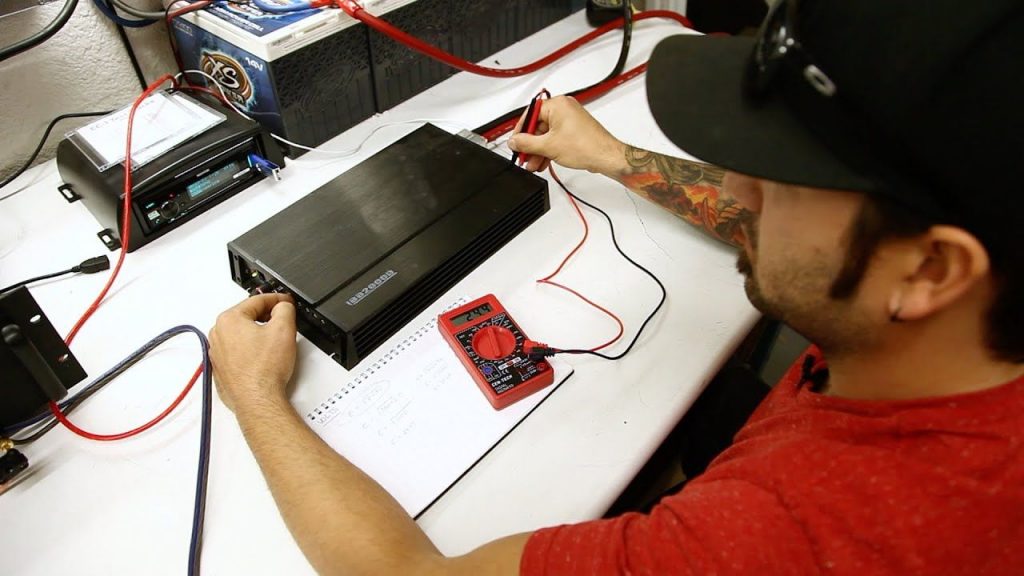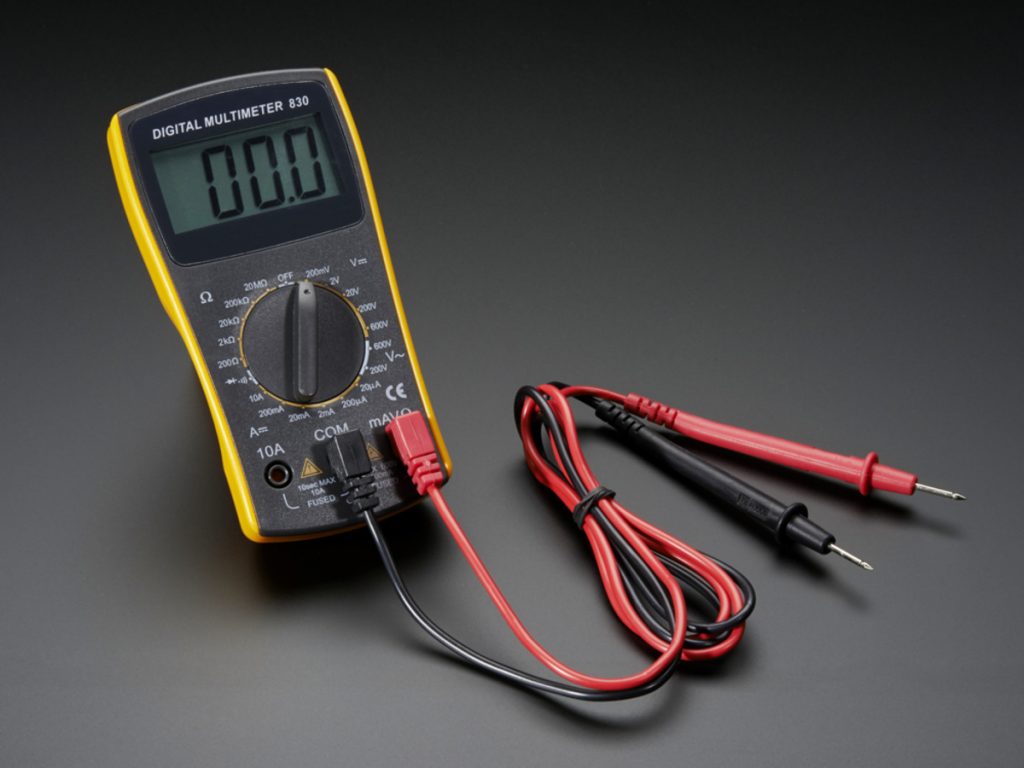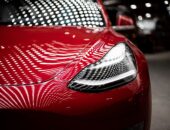Amplifier Settings – Basics
Setting up the car amplifier for the subwoofer and the rest of the audio system can be confusing for a beginner. Fine-tuning – is not easy, quite expensive and requires a lot of experience, professional help or same-day StarLoans auto financing.
In this article, we will analyze the basic settings – so that you do not burn anything, the subwoofer did not try to play the violin, and everything was in its place.
HPF/LPF

source: howcast.com
Hight pass filter, also known as HPF – filters (cuts) the low frequencies, leaving high.
When setting up the subwoofer amplifier, set the control to about 20 Hz, to cut off the infrasound and not waste energy, as you won’t hear it anyway. For mid-range speakers HPF is set in the region of 80 Hz, to remove the low-frequency range, for which the speaker is not designed and will not be able to play it. If you have separate channels or even separate amplifier for tweeters – HPF can be set in an area of 3000 – 5000 Hz, depending on the model, not to burn them.
All these figures are approximate, for more accurate and safe values, study the characteristics of your speakers! Low pass filter, also known as LPF – opposite of HPF and cuts off high frequencies, leaving the lower.
For subwoofers, it is set in the area of 50-80 Hz depending on the type of design (closed box, phase inverter, etc.) to cut off frequencies for which the subwoofer is not intended. Similarly, with the midrange, for them cut in the range of 1400-1600 Hz.
If possible, you can limit the tweeters to 20,000 Hz, but this is not necessary.
Gain/Level

source: youtube.com
Gain (sensitivity) is often confused with the volume, but this is not entirely correct.
Gain – is the adjustment of the input sensitivity of the amplifier to match the radio. But let’s not get into the wilds, and let’s consider this setting from usefulness for the user.
Sometimes the value of Volt (V) indicated on the regulator can be misleading. The fact is that the sensitivity is measured in Volts. The lower the V – the higher the sensitivity – the louder the speaker will play and vice versa.
Setting gain by ear (Method 1)
Having a good channel amp 4 (check this), do not use the equalizer and various bass improvers. Forget about bass-boost on the amplifier – so before setting the gain, make sure that all of this was turned off!
Set the regulator to the minimum, and turn on the music you usually listen. Adjust the volume on the radio 3/4 of maximum, hearing distortion in the sound of the subwoofer before – stop and turn down the volume by a couple of divisions. Go to the amplifier. Ask the assistant to slowly add the control of the gain until the emergence of new distortions, and hearing them, stop the rotation and turn it down by 10%.
Setting gain by ear (Method 2)
If you do not trust your ears and are afraid not to hear the changes in time, then use the more precise way – with the help of the sinuses.
If you configure the subwoofer, use 40 Hz, if your body is configured above 40 Hz, or you have a closed box, then take 50 Hz. To set gain for the mid-bass amplifier, take 315 Hz.
Sinus or tone (in our case) – tone of a specific frequency, changes in the sound of which you can easily hear.
Set the gain to a minimum, turn on your sinus, and adjust the volume of the radio. When the sound of the tone signal has changed, stop and turn down by a couple of divisions (set the maximum volume limit to this value, if your radio has such feature). Go to the amplifier. Similarly to the first method, add gain. When the sound has changed, stop and turn it down by 10%.
Setting gain with a multimeter or oscilloscope

source: knowledge.sonicelectronix.com
Setting the gain level with the help of devices is competent and accurate matching while neither the speaker nor your ears do not strain.
Note that when you set up with a multimeter, you should be confident in power declared by the manufacturer of the amplifier.
Subsonic
Subsonic – it’s the same high-pass filter (HPF) on the sub amplifiers (often on monoblocks) – cuts off infrasound. Set it to about 20 Hz.
Bass boost

source: boobland.club
Bass boost – increases the volume at a certain frequency, usually at 40-45 Hz.
When using bass-boost chance to burn subwoofer rises as clipping occurs much earlier. In most cases, bass-boost is not needed and if you are beginner, then accept the rule of “do not touch bass-boost!” It can be used by experienced people to increase the frequency response shelf to pull dips at certain frequencies, but it’s a deep setting, and the effect does not always justify the risk.
X-over
X-over – filters switch. It is present in the case when the amplifier does not provide adjustment for each filter separately. HPF – cuts from the bottom, LPF – cut from the top, Full/Flat – filters are disabled.
Phase controller (Phase)
Phase controller – is part of the advanced tuning – changes the phase of the speaker. There is a fixed switch 0/180° and a regulator 0° – 180°.
Master/Slave
This switch is used in a bridged monoblock connection. Master is set on the amplifier, to which RCA from the radio is connected, Slave is set on the connected monoblock.




